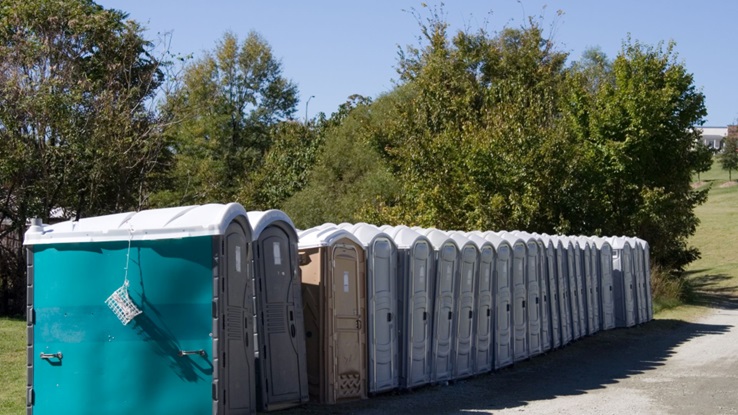When it comes to portable restrooms, accessibility is a crucial consideration. For people with disabilities, finding a restroom that meets their needs can be a challenge. That’s why it’s essential to understand the difference between wheelchair-accessible and ADA-compliant portable restrooms. In this article, we’ll discuss the key differences between the two and provide some tips for selecting the best restroom for your needs.
Understanding Accessibility
Accessibility refers to the ability of a person with a disability to access and use something, such as a restroom. In the case of portable restrooms, accessibility means that individuals with disabilities can enter and use the facility comfortably and safely.
Ensuring that your event or business has accessible facilities provides numerous benefits beyond compliance with regulations. By offering inclusive amenities, you create opportunities for individuals with disabilities to participate fully in society.
Accessible facilities also demonstrate that your organization values diversity and inclusion while promoting goodwill among customers or attendees who appreciate efforts toward equity and equality. For instance, when you hire a rental company for ADA compliant porta potty in Atlanta, you can rest assured that you’re providing accessible facilities for all your guests. Your guests will recognize and appreciate your commitment to their well-being.
Wheelchair Accessible Portable Restrooms
A wheelchair-accessible portable restroom is designed to accommodate people who use wheelchairs. It typically features a wider door opening than traditional units, allowing for easy entry and exit for those in wheelchairs. The interior of the unit is also more spacious, providing enough room for maneuvering.
Wheelchair-accessible portable restrooms are equipped with grab bars and handrails that offer support for people with mobility issues. The sink and toilet are positioned at an appropriate height for wheelchair users, making them more comfortable to use. Overall, these features create a more inclusive environment for individuals who use wheelchairs.
ADA Compliant Portable Restrooms
The Americans with Disabilities Act (ADA) sets out specific guidelines for accessibility in public spaces. An ADA-compliant portable restroom meets these guidelines, ensuring that individuals with disabilities have equal access to facilities like everyone else.
An ADA-compliant portable restroom includes all of the features found in a wheelchair-accessible unit but goes further by including additional elements such as:
- Braille signs
- Lowered paper towel dispensers
- Lowered soap dispensers
- Lowered mirrors
- Hand dryers with buttons instead of motion sensors
These features make it easier for people with visual or physical impairments to use the facility independently. But moreover, an ADA-compliant restroom is designed to ensure equitable access to all people.
Which Option is Right for You?
Deciding whether to choose a wheelchair-accessible or ADA-compliant portable restroom depends on your specific needs. If you’re hosting an event where accessibility is important but not required by law, then a wheelchair-accessible unit may be sufficient.
However, if you’re operating in an area where public accommodations must comply with the ADA regulations, then an ADA-compliant unit is essential. Failure to provide adequate facilities can result in hefty fines and legal action against your business or organization.
In Conclusion
Choosing the right restroom for people with disabilities can be a challenge. Hopefully, this article has given you a better understanding of the differences between wheelchair-accessible and ADA-compliant portable restrooms. Remember, the goal is to provide safe and comfortable facilities that are accessible to everyone. With the right setup, you can ensure that all individuals are welcome and included at your event or business. Thank you for reading.

